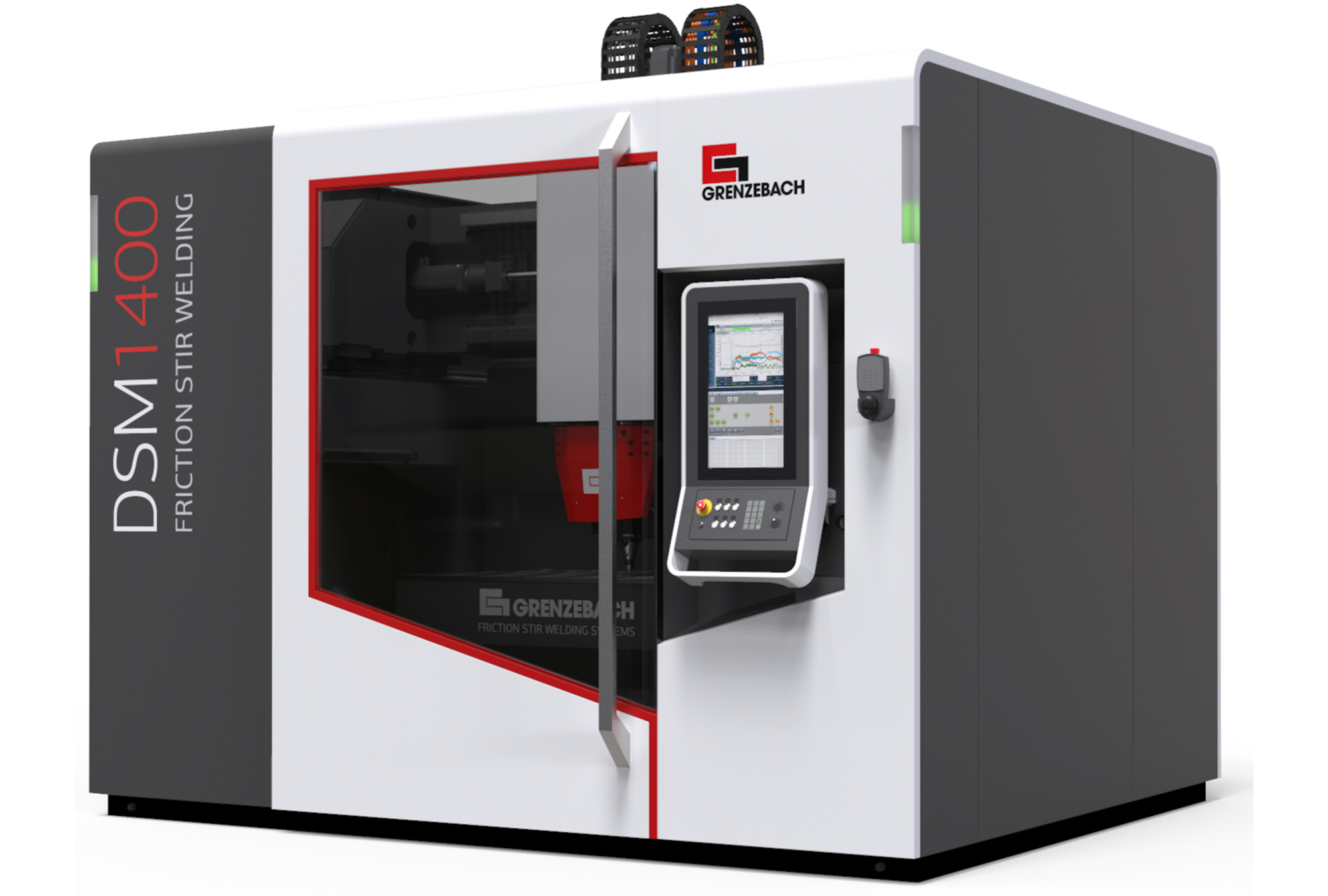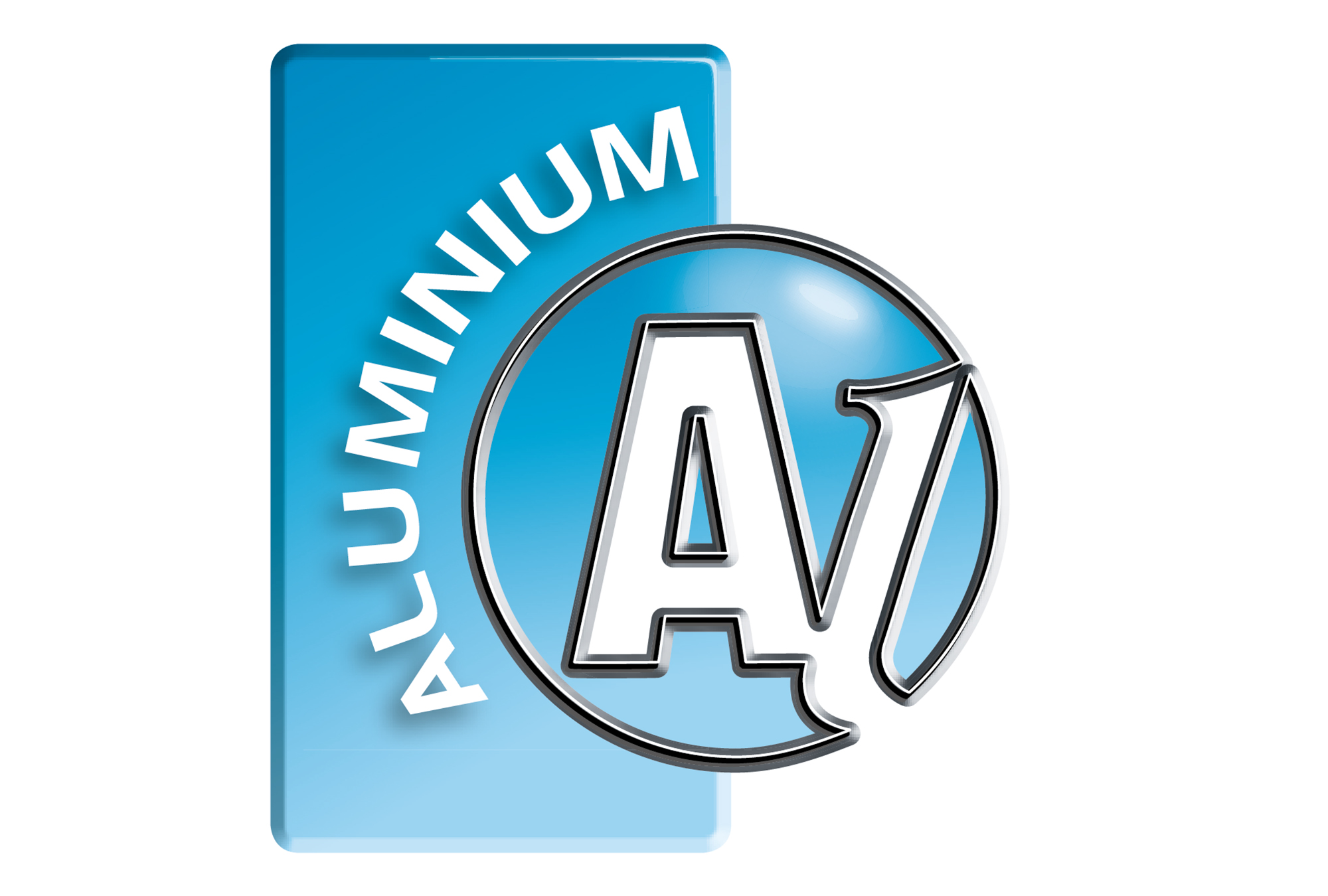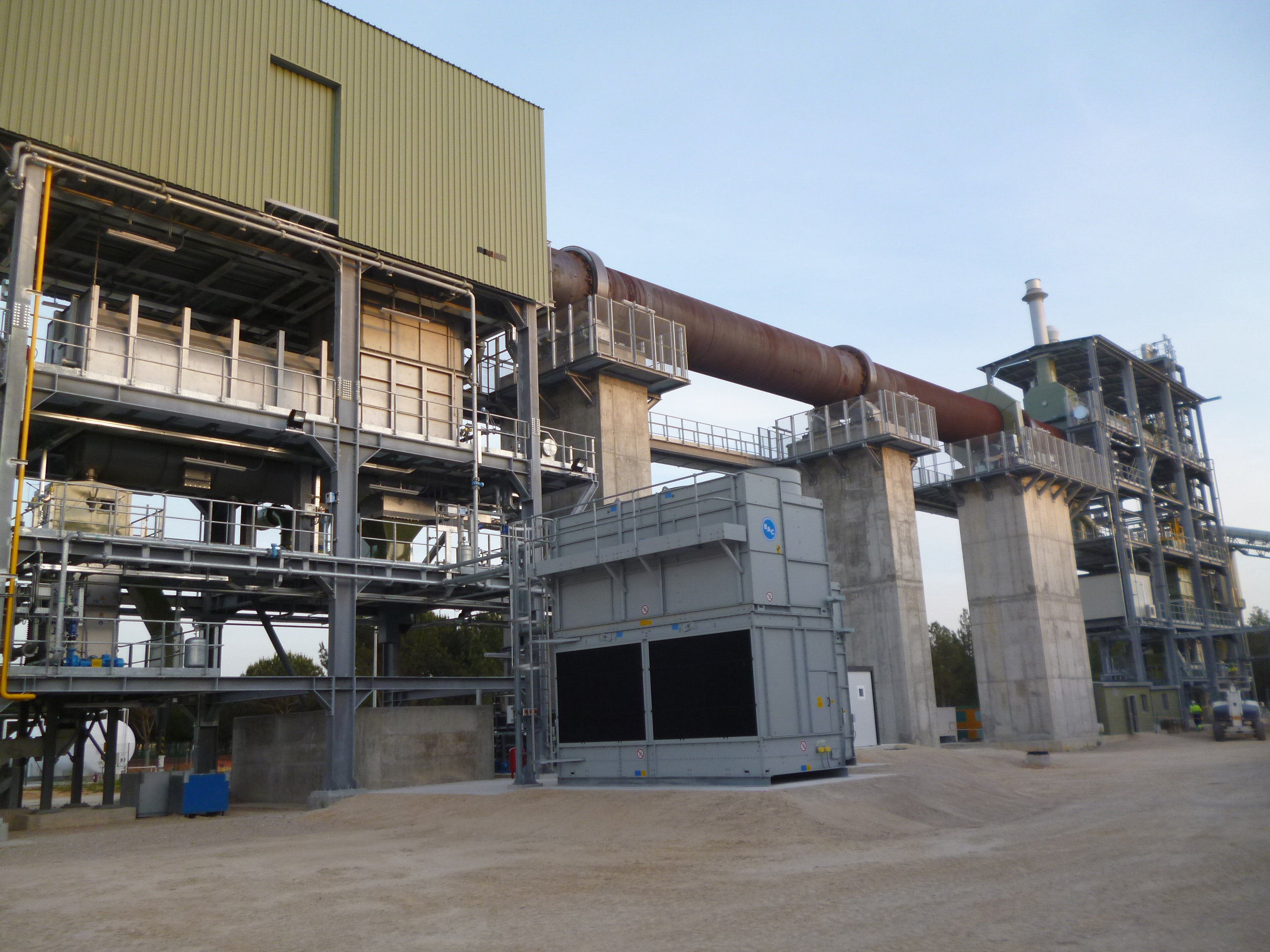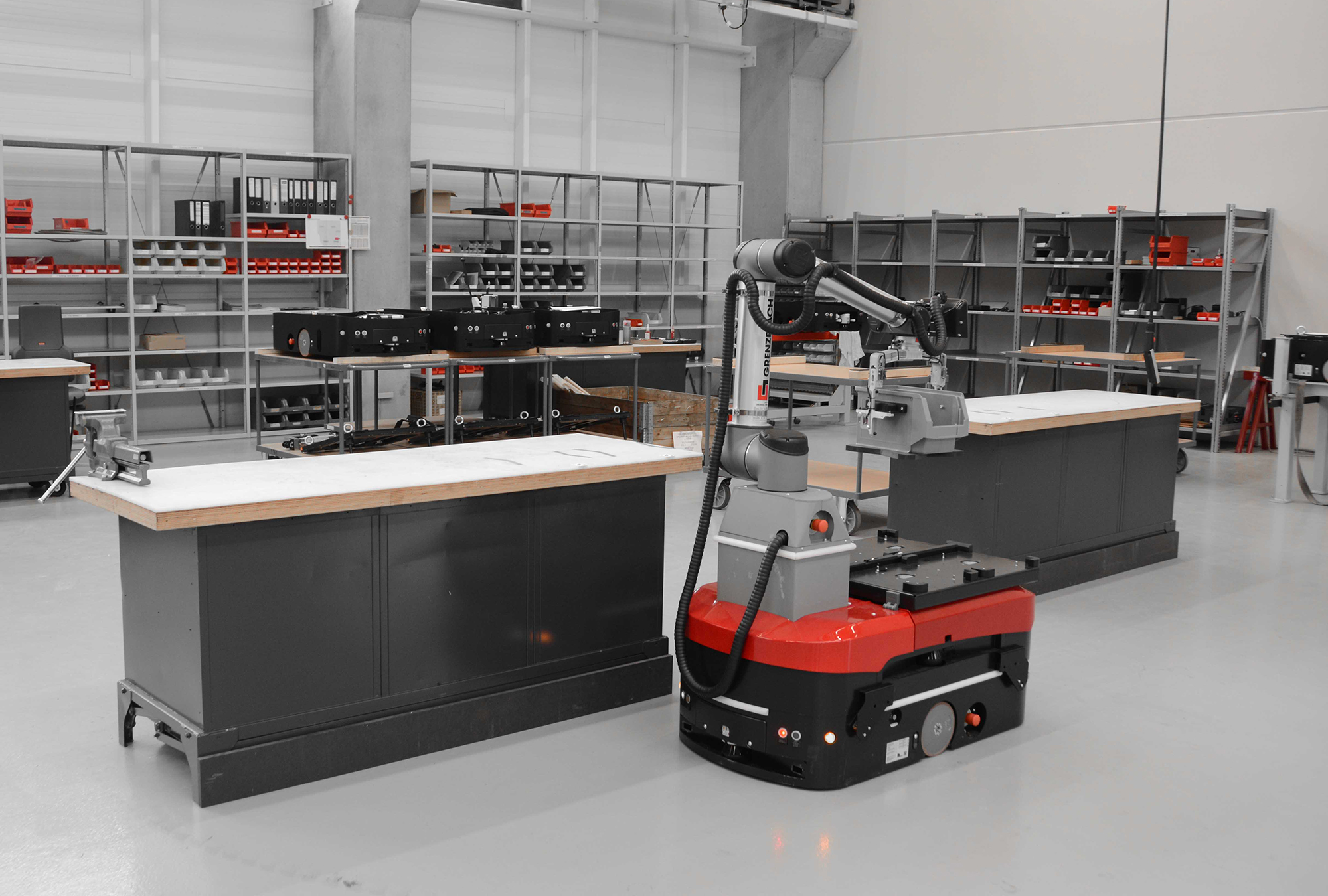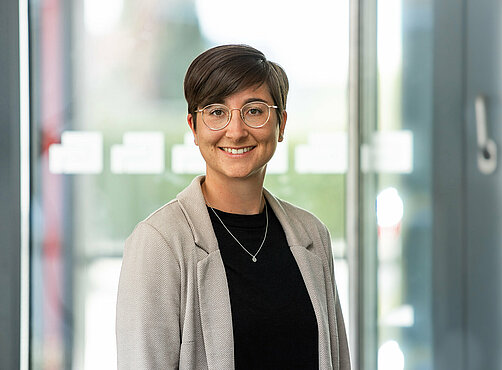Friction Stir Welding: Grenzebach extends its portfolio
The automotive industry driving new joining technologies
The change from combustion engines to alternatives, such as hybrid and electric engines, continues the trend towards lightweight designs within the car manufacturing. When developing weight-optimized vehicle solutions, more and more hybrid structures and lightweight materials like aluminum and its alloys come into play. The demands for new joining technologies as well as machine and system concepts have never been greater. “The market demands support a clear trend towards aluminum. That’s where our technology comes in; friction stir welding shows its strength especially when joining aluminum and hybrid metals”, says Michael Sieren, Sales Director for Friction Stir Welding at Grenzebach. Specific uses within the automotive industry are the joining of battery cases and trays, power train components as well as heat exchangers for the cooling of electronic components. Automotive means high production volumes and short cycle times are required. Equipment technology and joining processes have to be dynamic, fast and reliable; requirements which our FSW specialists at Grenzebach specifically focused on during the development of the FSW machine and the new generation of welding heads.
Friction Stir Welding | Stirred, not melted
During the FSW process a rotating, wear resistant friction pin creates heat at the seam point. The material becomes malleable and stirred along the contact point by the friction pin while staying below the melting point of the joining materials. The stirred material is compacted via the tool shoulder and a solid, pressure-tight joint between the work pieces is created.
Compared to conventional fusion welding processes (e.g. arc welding), FSW does not require welding wire, inert gas or complex exhaust systems. FSW also does not produce any vibrations or noise; it is low in emissions and does not generate any optical radiation.
Innovative system engineering facilitates perfect welding results
The compact 4-axis machines DSM1400 & DSM2400 have been specially developed for FSW process requirements. Developing the machines, our experts focused on dynamic and precise process control as well as an intuitive control and operating concept.The HYDROPOL® machine bed was specifically designed for very high static rigidity, low dynamic flexibility and deformation. Even with high welding feed rates, up to 3m/minute, accuracies at +/- 0.1mm across all axis can be achieved. The FSW machine comes in two models which differ in size of available work space:
- 1,400mm x 1,000mm x 400mm (DSM1400)
- 1,400mm x 2,400mm x 400mm (DSM2400)
The dynamic function of the portal system is facilitated by an integrated C-axis which allows the welding head to rotate by 360° both clockwise and counterclockwise. Complex trajectories with narrow radii, often the case with heat exchangers, can be welded more dynamically and much faster.
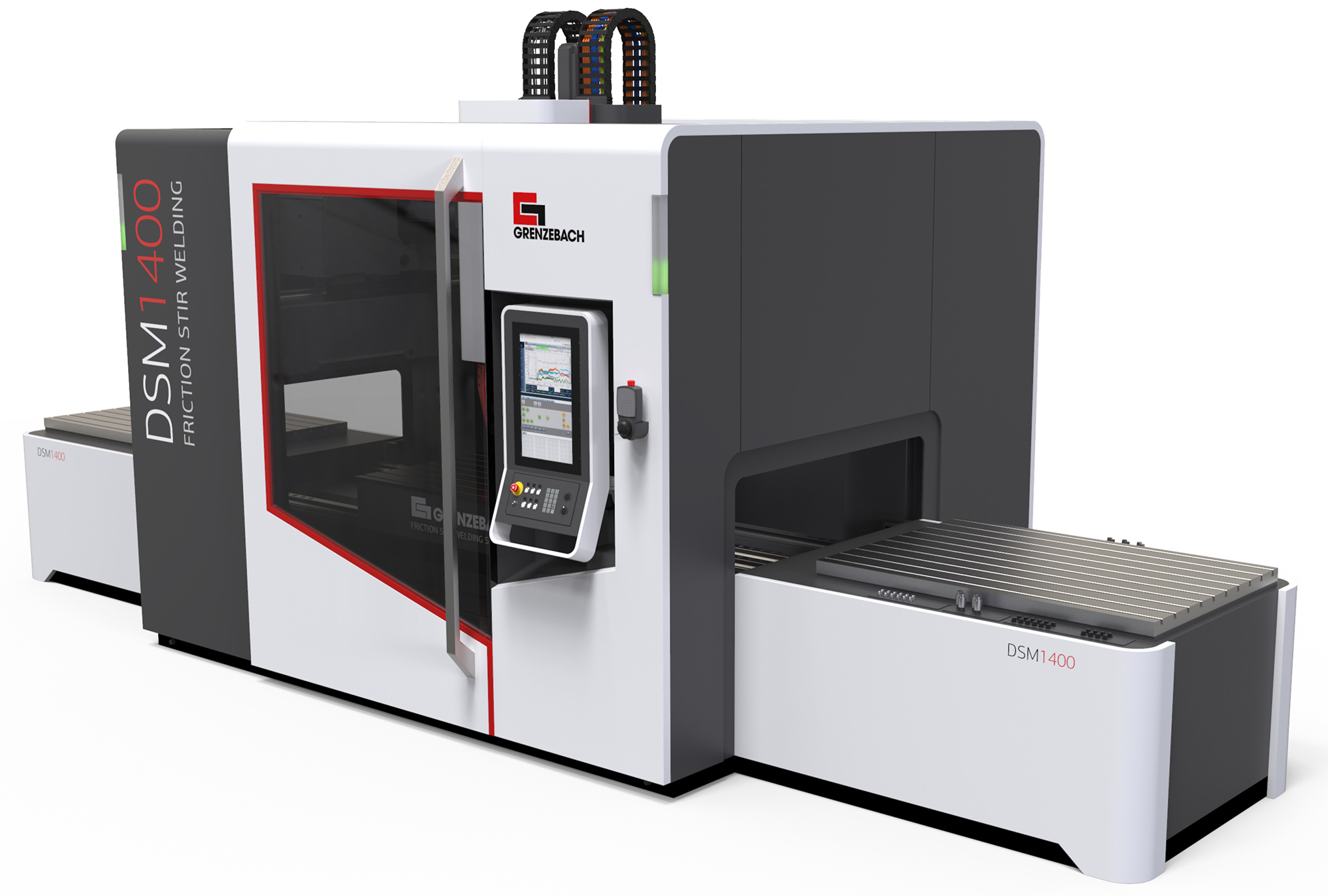
In terms of cycle time, the rapid loading and unloading of components is just as important as the dynamics and speed of the welding machine. The new machine generation is based on a modular design and can be upgraded with different automatic component transfer systems which allow for simultaneous welding and loading / unloading of work pieces. The loading and unloading of components can be done manually by the operator or fully automated. Heavy assemblies and devices can be moved easily in and out of the machine with the help of an indoor crane. The machine is open at the top and the protective door on the front of the machine is large enough to ensure easy accessibility to the entire work area.
The FSW machines DSM1400 & DSM2400 are suitable as stand-alone units, but can also be integrated into a 24/7 production line. “We align our technology with the customer‘s existing automation solution”, explains Ulrich Rettenmeier, Senior Manager R&D / FSW projects.
Welding head, friction tool and machine perfectly attuned
The deciding factor for the weld seam and surface quality is the control of the process parameters, primarily the contact pressure. With the sensor system of the welding head, the contact pressure is reported back to the machine and process control system and together with the individual axes of the lead machine represents a force control circuit. Thus, developing the new DynaSTIR welding head generation, special attention was given to the optimization of the force measure and control principle. Contact pressures can be measured and regulated more precisely and closer to the friction tool.
For friction tools, Grenzebach uses modern, multi-part tools based on a stationary shoulder design. Friction pin and shoulder parameters can be set separately from one another and thus, stirring and compression procedures can be adjusted independently. This is a great benefit since the required contact pressures are reduced drastically which allows FSW technology to be used for lightweight constructions with very thin material thicknesses. “We tailor friction pin and shoulder material as well as tool geometry according to each customer application to achieve the best possible seam and surface quality. No time-consuming rework, such as deburring is necessary. The customer saves process steps – and money”, explains Mr. Sieren.
The brand new functionality of the DynaSTIR tool and new welding head generation allows for variable adjustment of the penetration depth during the welding process. With the same tool type different penetration depths on the component can be realized without changing the tool. Furthermore, the exit cavity (negative of the friction pin) at the seam ending, which is typical for the friction stir welding process, can be significantly reduced. This is another big advantage with components such as heat exchangers which require media and pressure-tight welding.
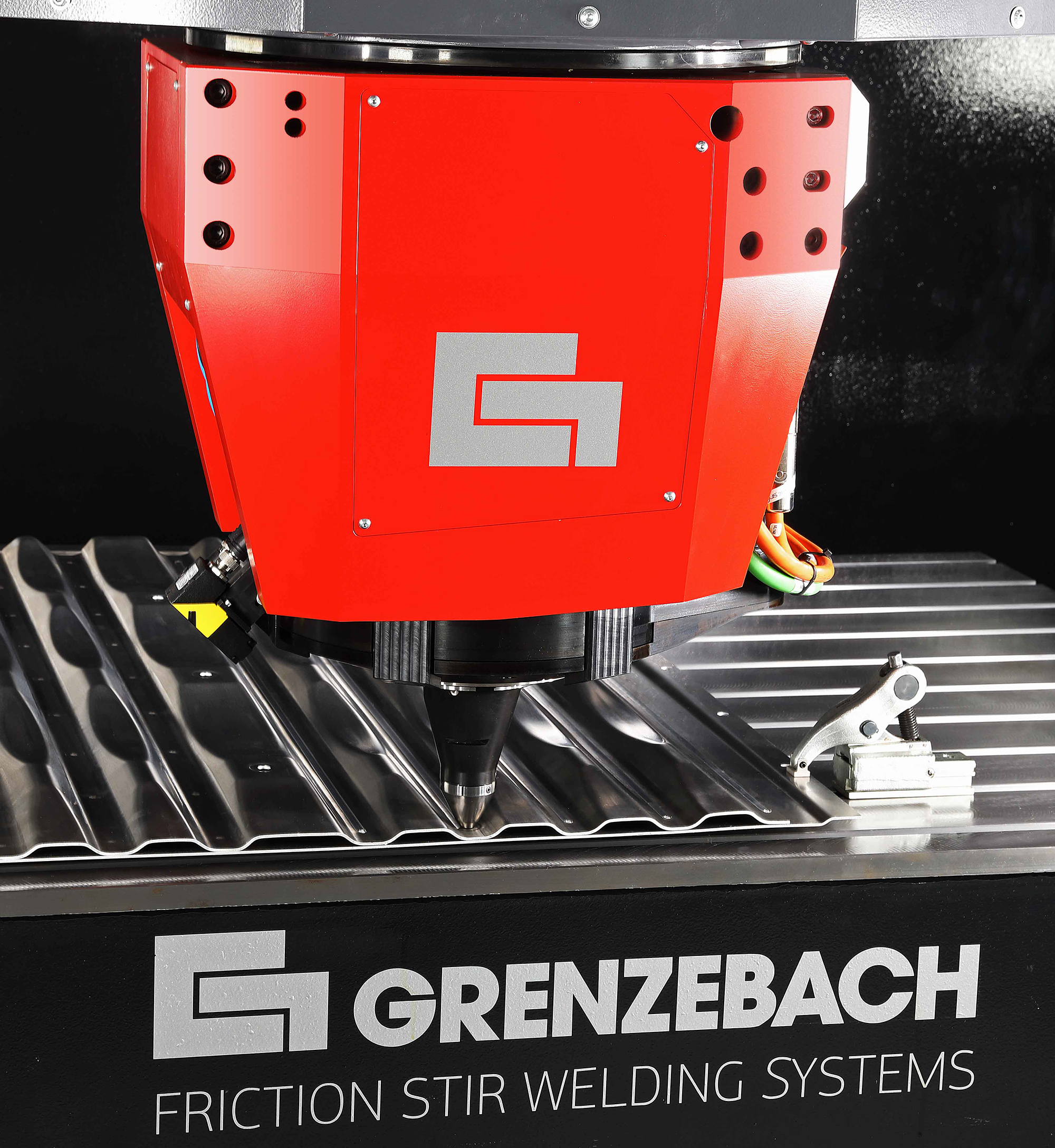
Machine and process control
With the IndraMotion MTX control from Bosch Rexroth, Grenzebach relies on well proven CNC control technology and combines it with innovative FSW process control. The machine and process programming is made easier with FSW CAD/CAM programming software. “With Bosch Rexroth we have chosen a great partner for machine control development. With our control concept we get the best of both worlds; proven CNC control technology and innovation”, says Ulrich Rettenmeier.
Easy programming
The programming software was specifically developed for the friction stir welding process and makes it easier for the user to create welding programs. In addition to the programming of the welding path and the FSW-process parameters, the control of clamping fixtures and components can subsequently be programmed in the CAD/CAM environment. Programming is done offline on a separate PC which prevents system lockups. With USB or network connection, the finished welding program can then easily be entered into the DynaSTIR machine control system.
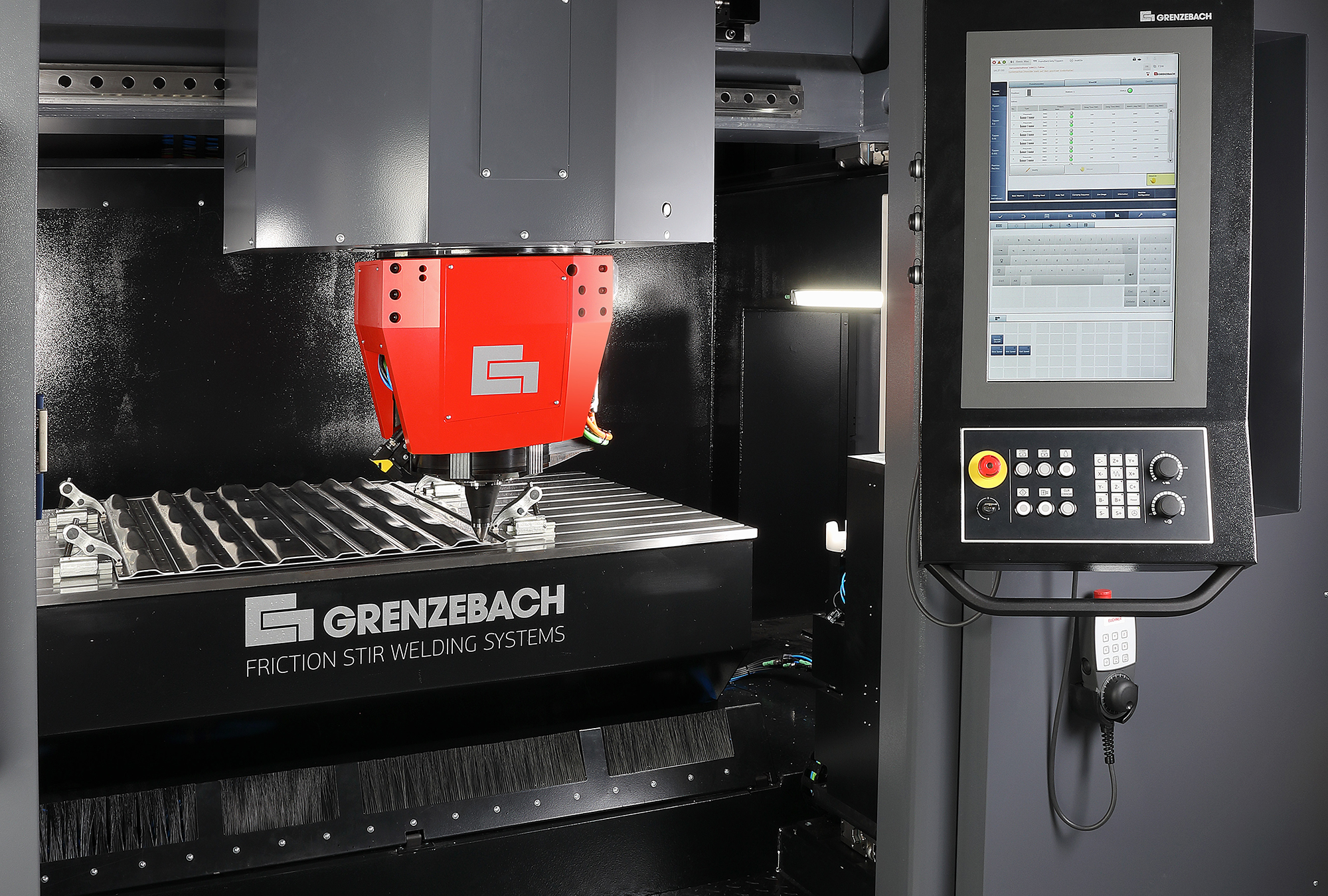
Prepared for tomorrow
Grenzebach systems are already designed for process digitalization and analytics without limitations. Significant for the seam weld quality are the recording, controlling, storing and analyzing of all relevant machine and process data in real time on the local control system. “Our machine features open-data connectivity with a secure FOG solution (Grenzebach Application Server). Cloud connectivity is also fully supported. Thus, the possibilities for tomorrow’s applications are no longer limited by local constraints”, explains Roland Jenning, Head of Innovation.
With the 4-axis FSW machines and the new welding head generation, Grenzebach presents innovative developments at the Schweissen & Schneiden tradeshow in Düsseldorf (September 25th – 29th, hall 9, booth 9B73).
